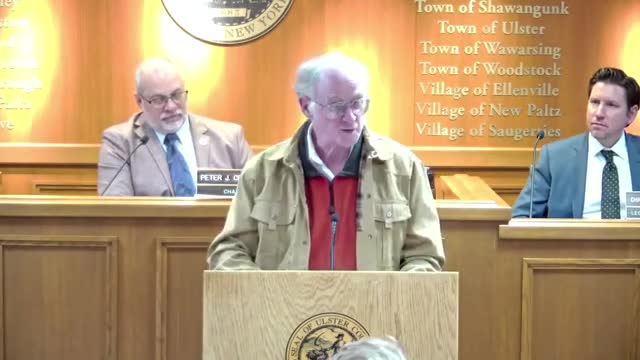Ulster County promotes Catskill Mountain Railroad expansion to enhance tourism and economy
April 16, 2025 | Ulster County, New York
Thanks to Scribe from Workplace AI , all articles about New York are free for you to enjoy throughout 2025!

This article was created by AI using a video recording of the meeting. It summarizes the key points discussed, but for full details and context, please refer to the video of the full meeting. Link to Full Meeting
The cochair emphasized that the CMRR not only pays the county for the right to use the rail corridor but also maintains the tracks at its own expense, directly creating jobs in the process. A significant proposal was made for CMRR to extend its tracks to Basin Road, which would be done at no cost to the county. This extension is seen as vital for enhancing local tourism, which is a key component of Ulster County's economic strategy.
The discussion also included a study by the Kamaland Group, which revealed that approximately 90% of trail users are local residents, raising questions about the anticipated economic benefits of trail construction and maintenance. In contrast, CMRR attracts a majority of out-of-county visitors, suggesting that it could be a more effective driver of tourism revenue.
The proposed expansion to Basin Road is viewed as a critical step for both the CMRR and the Ashokan Rail Trail. By linking the two, the region could see a multiplier effect, bringing more visitors to the Ashokan Rail Trailhead and providing essential amenities such as improved parking, restrooms, and drinking water. Additionally, CMRR's plan to introduce daily shuttles between Basin Road and Kingston would enhance connectivity for local communities, making it easier for residents to access the trail and other amenities.
In conclusion, the discussions at the Ulster County Legislative Session underscored the potential economic benefits of supporting the Catskill Mountain Railroad and its expansion efforts. As the county considers these proposals, the implications for local tourism and community connectivity remain significant.
Converted from Ulster County April 15, 2025 Legislative Session meeting on April 16, 2025
Link to Full Meeting
Comments
View full meeting
This article is based on a recent meeting—watch the full video and explore the complete transcript for deeper insights into the discussion.
View full meeting